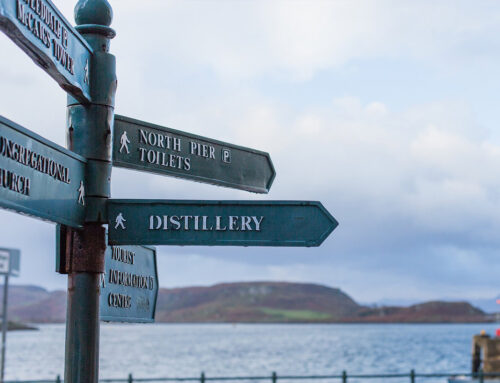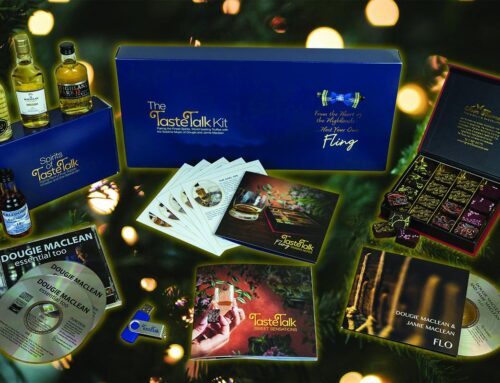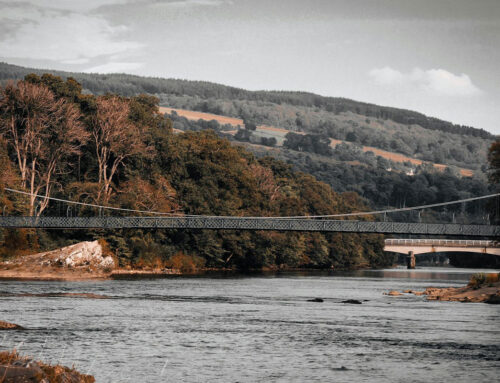Highlands Whisky: A Journey Through Scotland’s Largest Whisky Region
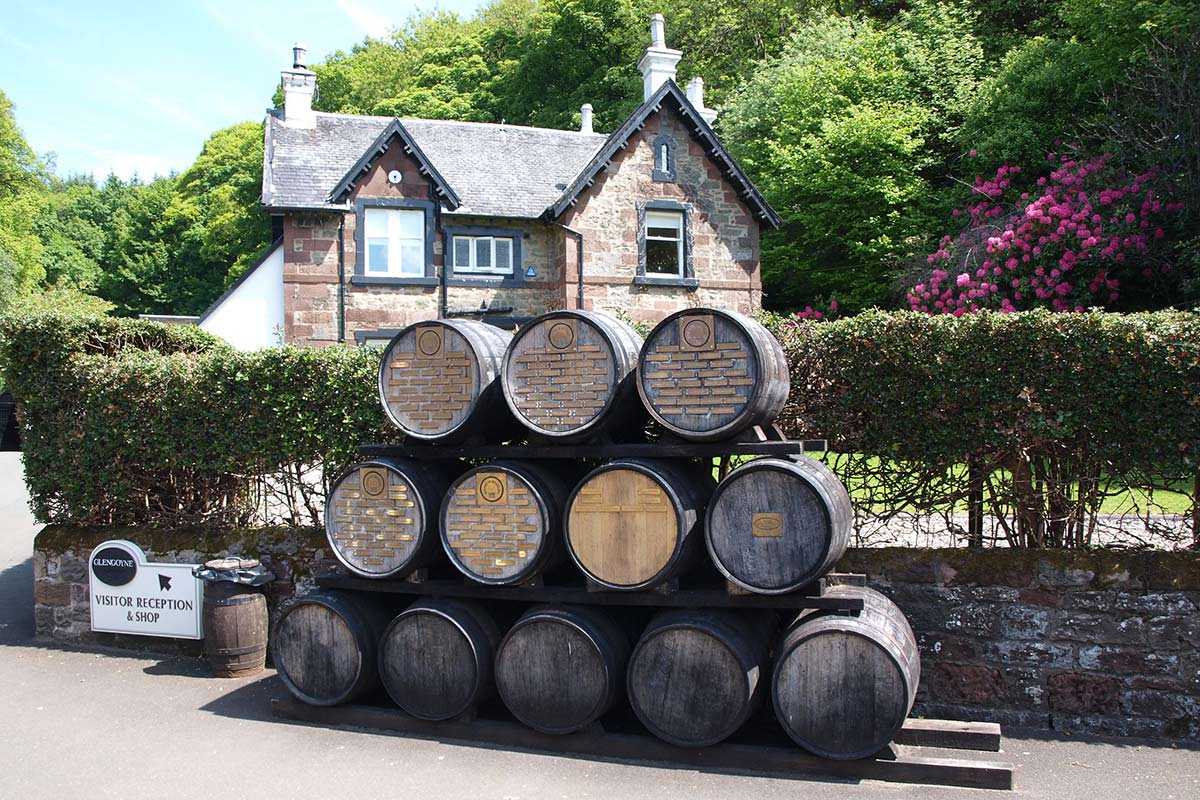
The Highlands of Scotland, known for their breathtaking landscapes and rich cultural heritage, are also the largest Scotch whisky-producing region. Highland whiskies, encompassing a vast range of flavours and styles, offer a unique exploration of Scotland’s national drink.
This region’s diverse climate, varying altitudes, and unique geography contribute to the distinctive characteristics found in Highland whiskies, making each sip a journey through Scotland’s heritage and natural beauty.
Diversity in the Highlands Whisky by Region
The Highland region, divided into four subregions – Northern, Southern, Eastern, and Western Highlands – presents a diverse array of whiskies. Each subregion contributes its unique characteristics to the Highland whiskies, making sweeping statements about the region’s flavour profile challenging.
From the coastal influences of the North to the softer, fruitier expressions of the South, the diversity within the Highlands ensures there is a whisky to suit every palate.
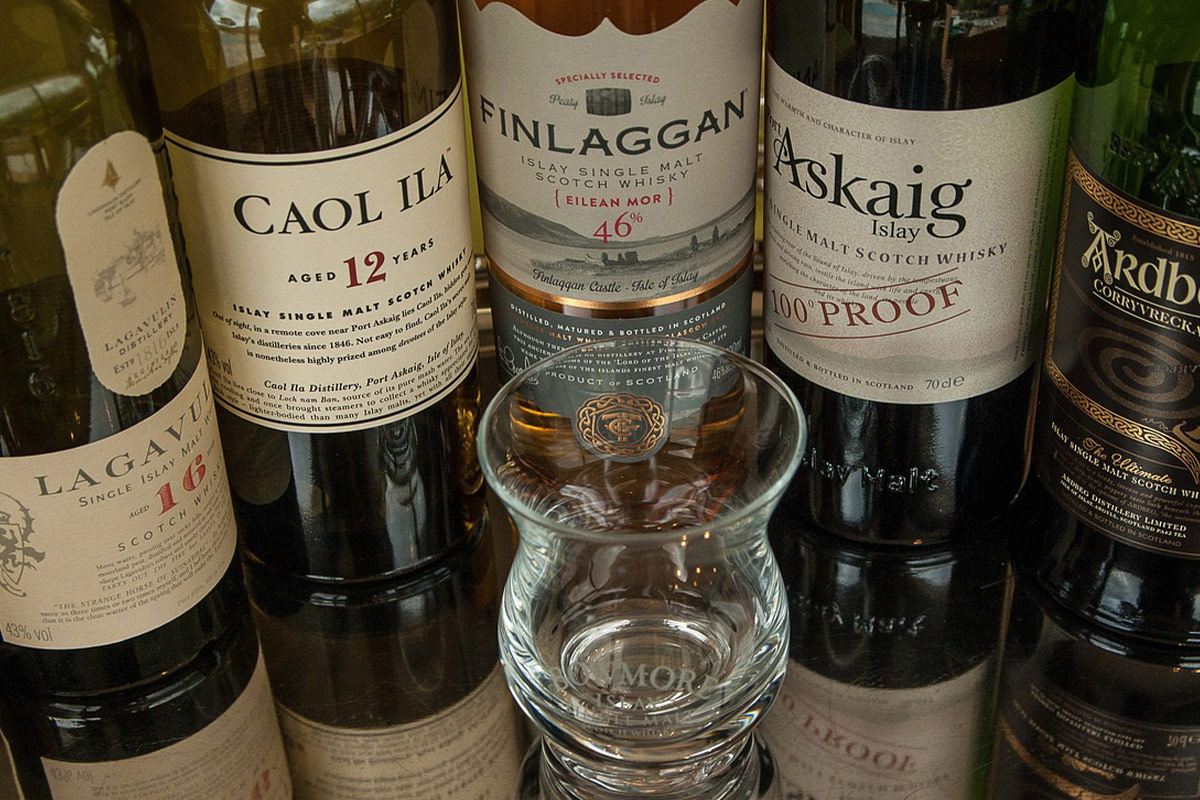
Western Highlands Offer Distinctive Flavours
In the Western Highlands, distilleries like Oban produce whiskies that are often noted for their slightly peaty and smoky character, complemented by rich sweetness. These whiskies typically exhibit a robust flavour profile that is both distinctive and memorable.
The maritime climate of the Western Highlands imparts a subtle briny note, enhancing the complexity of these whiskies. Oban’s offerings are a prime example, balancing peaty undertones with a rich, fruity core.

Northern Highlands: Rich and Full-Bodied
The Northern Highlands are known for producing some of the most popular Highland whisky, characterized by a full body and robust flavours. These whiskies often feature sweeping statements of richness and complexity, with a distinct smoothness that appeals to a wide range of palates.
The Northern Highlands are home to distilleries like Old Pulteney, known for their maritime influence and complex flavour profiles. Old Pulteney’s whiskies often exhibit notes of sea breeze, brine, and a unique oiliness, combined with sweet, malty characteristics, creating a well-rounded and deeply satisfying dram.
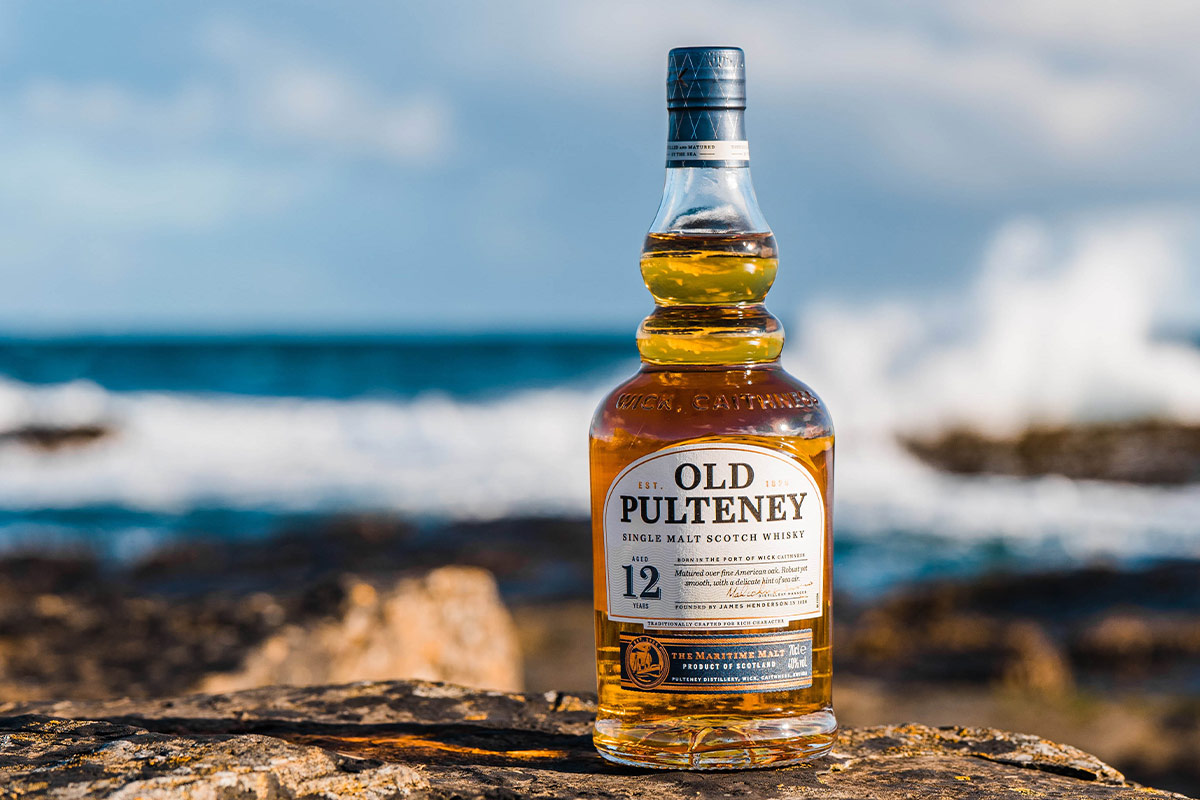
Southern Highlands: Lighter and Fruitier
Contrasting the North, the Southern Highlands, near cities like Glasgow, produce lighter, fruitier whiskies. These single malts often exhibit notes of honey and a delicate, mellow character, making them ideal for those new to Scotch whisky or preferring a gentler dram.
Distilleries such as Glengoyne are renowned for producing these types of whiskies, which often feature notes of honey, apple, and a gentle, mellow character. Glengoyne’s whiskies are known for their sherry cask maturation, adding layers of dried fruit and spice to the light, fruity profile typical of the Southern Highlands.
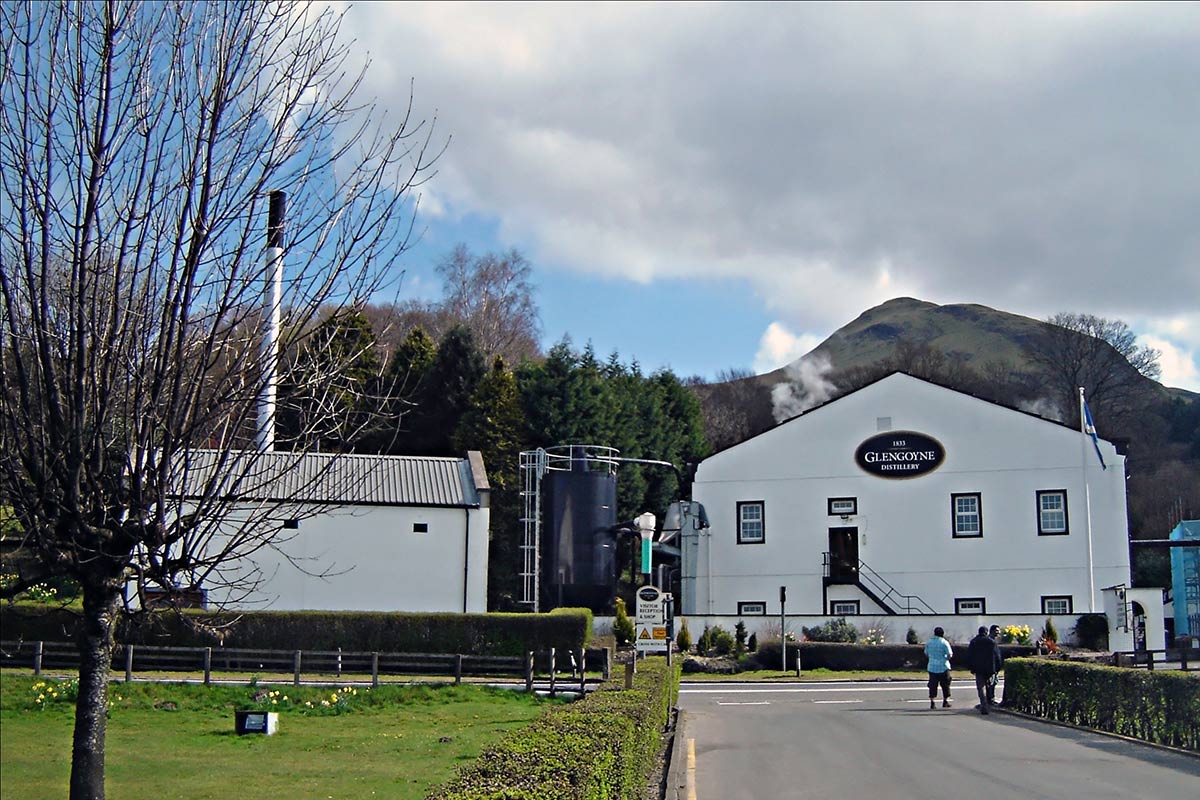
Eastern Highlands: A Balanced Harmony
In the Eastern Highlands, distilleries like Royal Brackla create balanced single-malt Scotch whiskies. These drams often blend the richness typical of the Highlands with the lighter, fruitier notes found in Speyside whiskies, resulting in a harmonious and approachable character. Royal Brackla’s offerings are known for their smooth, creamy texture, and a balance of sweet and spicy notes.
The influence of Speyside is evident in the fruity undertones, while the Highland roots provide a robust backbone, making these whiskies versatile and appealing to a wide audience.
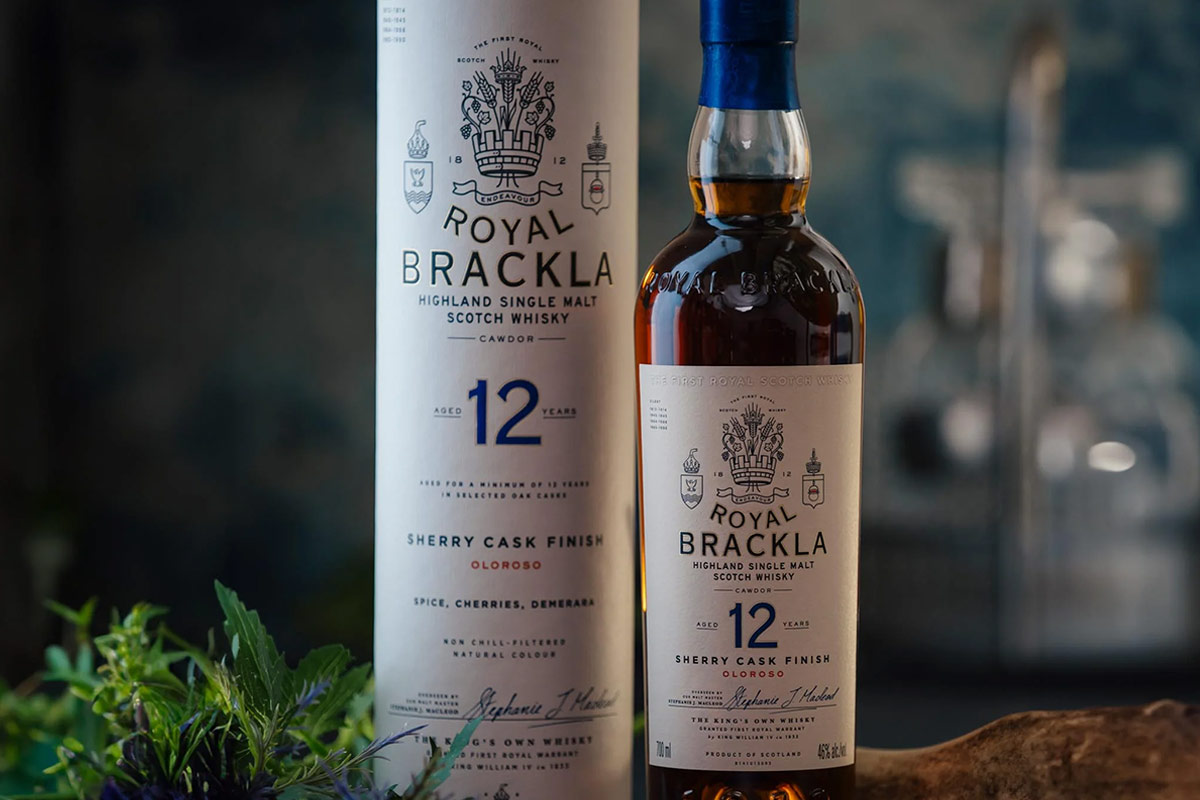
Highlands Whisky Single Malt Scotch: The Heart of the Region
Highland single malt Scotch whisky, exemplified by distilleries like Dalmore, stands as the region’s flagship. These whiskies are celebrated for their versatility and range from rich and robust to light and delicate, often matured in a variety of casks to achieve unique flavours and aromas. Dalmore’s use of sherry casks imparts rich, chocolatey notes and a deep, amber hue, creating a complex and luxurious whisky experience. Each bottle of Highland single malt tells a story of craftsmanship and tradition, reflecting the unique terroir of its origin.
Blended Malt Scotch from the Highlands
The region also produces excellent blended malt Scotch whisky. Distilleries like Tomatin contribute to these blends, combining malts from different Highland distilleries to achieve a balanced and comprehensive flavour profile. These blended malts often showcase the best characteristics of their constituent whiskies, resulting in a harmonious and well-rounded dram. Tomatin’s contributions to blended malts highlight the distillery’s expertise in creating complex, yet approachable whiskies that appeal to both novices and connoisseurs alike.
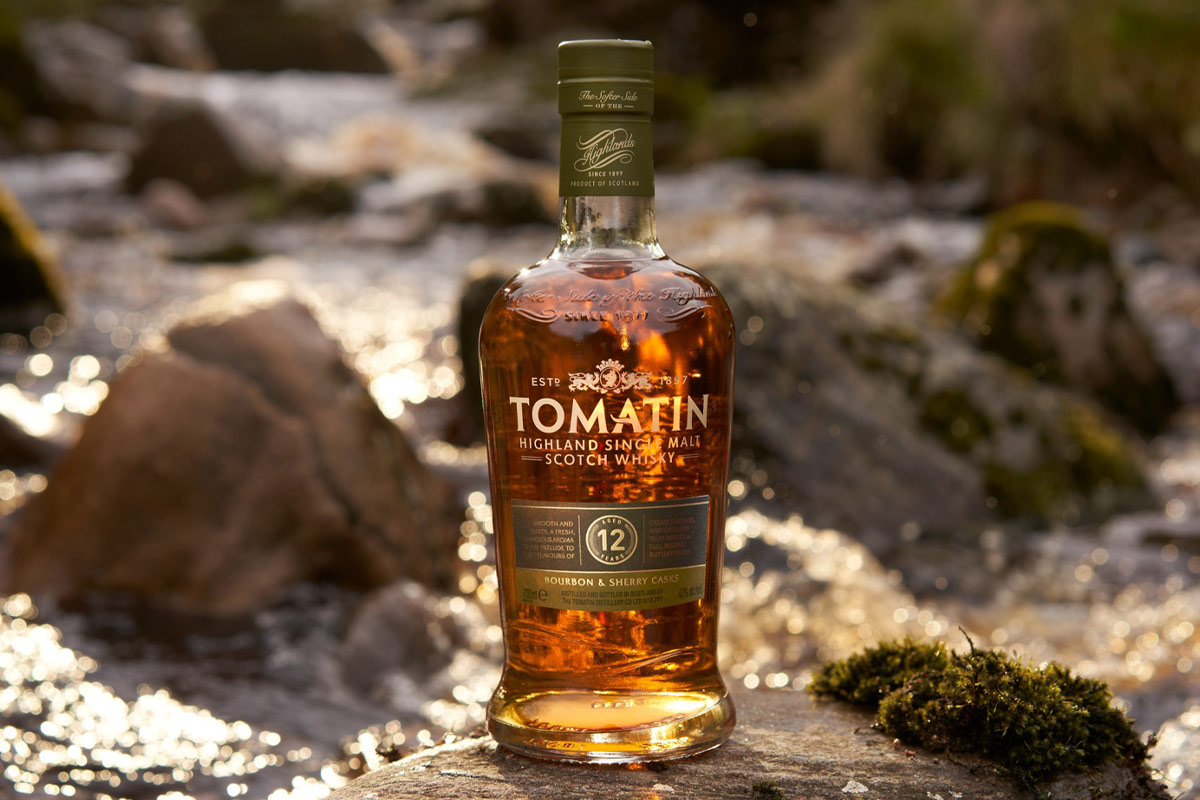
Highlands Whisky Distilleries: Icons of Scotch Whisky
Highland distilleries, spread across this vast region, each contribute to the tapestry of flavours that define Highland whisky. From traditional methods to innovative techniques, these distilleries ensure that Highland Scotch remains a significant player on the world whisky stage.
Each distillery, from the historic Glenmorangie to the modern GlenDronach, brings its unique touch to the Highland whisky landscape. The commitment to quality and tradition is evident in every bottle, showcasing the passion and expertise of Highland distillers.

A World of Flavours in a Single Region
Highland whiskies, with their diverse range of flavours and styles, offer something for every whisky enthusiast.
From the rich and peaty drams of the Western Highlands to the light and fruity expressions of the South, the region provides a fascinating journey through the spectrum of Scotch whisky. Whether enjoyed neat, with a splash of water, or as part of a food pairing, Highland Scotch whisky stands as a testament to the rich heritage and unparalleled craftsmanship of Scotland’s whisky-making tradition.
As you discover the Scottish Highlands, with their stunning landscapes and storied distilleries, invite whisky lovers to explore and savour the multifaceted world of Scotch whisky, where each bottle is a reflection of Scotland’s enduring spirit and artistry.
